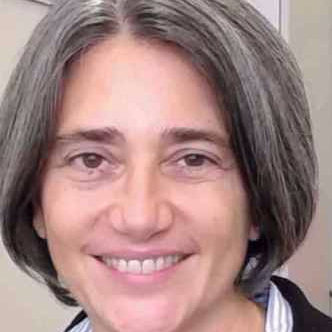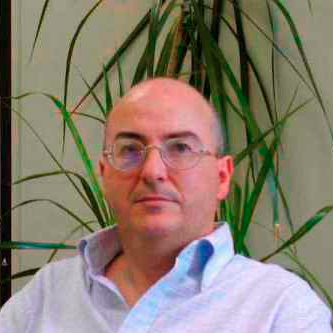Microwave Sensing and Applications
A special issue of Sensors (ISSN 1424-8220). This special issue belongs to the section "Physical Sensors".
Deadline for manuscript submissions: closed (31 December 2021) | Viewed by 9893
Special Issue Editors
Interests: electromagnetic compatibility; antennas; electromagnetic sensors; metamaterial; plasma antennas; Interaction between electromagnetic fields and bological system; biomedical sensors
Interests: linear and non-linear optics; electromagnetic compatibility; propagation in non-uniform structures; phased-arrays; frequency selective surfaces in dielectric waveguides; microwave filters; equivalent circuits of lossless microwave multiport devices; synthesis of hybrid, couplers and dividers in rectangular waveguide; measurement techniques of multiport devices; equivalent circuits of non-reciprocal and lossy devices; BFN and antenna measurements; electromagnetic sensors
Special Issue Information
Dear colleagues,
Microwave sensor technology is a topic that is definitely not new in research, as well as in industrial applications. Nevertheless the research has not stopped dedicating space to these types of sensors, developing new applications and expanding the frequency ranges typical of traditional ones, as well as exploring new technologies based on innovative materials.
The technological capabilities abundant today allow us to use higher frequencies than in the past, allowing a significant miniaturization of the sensors and a reduction in power requirements, and therefore to increase the applications. The IoT world has already begun, and these miniaturized sensors have an important role in its development.
This Special Issue is dedicated to microwave sensors and their applications, especially the most recent and innovative. It will welcome papers that propose applications in areas little explored in the microwave world, as well as applications in more consolidated areas, but with innovative ideas in the technology used and materials chosen.
The topics of interest include, but are not limited to, microwave sensor design, new applications of microwave sensing, metamaterial technology’s application to microwave sensors, sensing for material characterization, remote sensing, short-range radar, biomedical application, imaging, agriculture and food processing applications, IoT applications, safety and security, innovative applications, and miniaturized sensor design.
Prof. Dr. Paola Russo
Dr. Leonardo Zappelli
Guest Editors
Manuscript Submission Information
Manuscripts should be submitted online at www.mdpi.com by registering and logging in to this website. Once you are registered, click here to go to the submission form. Manuscripts can be submitted until the deadline. All submissions that pass pre-check are peer-reviewed. Accepted papers will be published continuously in the journal (as soon as accepted) and will be listed together on the special issue website. Research articles, review articles as well as short communications are invited. For planned papers, a title and short abstract (about 100 words) can be sent to the Editorial Office for announcement on this website.
Submitted manuscripts should not have been published previously, nor be under consideration for publication elsewhere (except conference proceedings papers). All manuscripts are thoroughly refereed through a single-blind peer-review process. A guide for authors and other relevant information for submission of manuscripts is available on the Instructions for Authors page. Sensors is an international peer-reviewed open access semimonthly journal published by MDPI.
Please visit the Instructions for Authors page before submitting a manuscript. The Article Processing Charge (APC) for publication in this open access journal is 2600 CHF (Swiss Francs). Submitted papers should be well formatted and use good English. Authors may use MDPI's English editing service prior to publication or during author revisions.
Keywords
- microwave application
- innovation
- high-frequency range
- sensor design
- miniaturization
- new application







